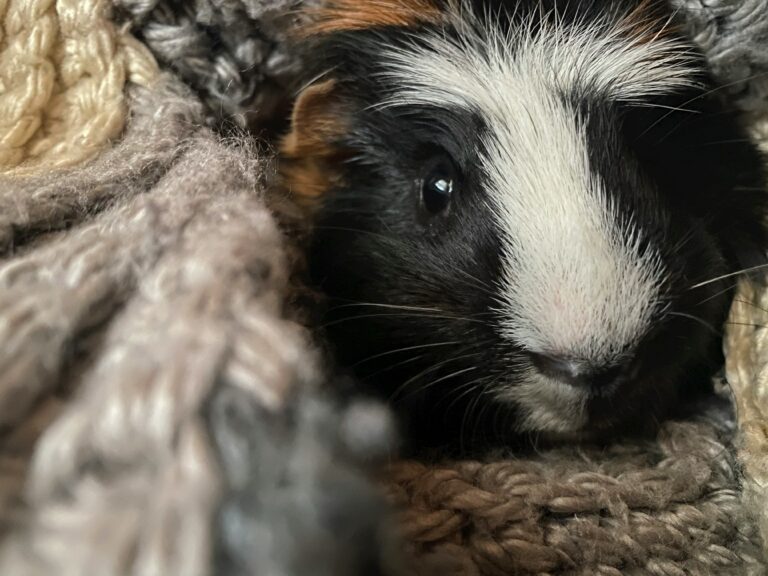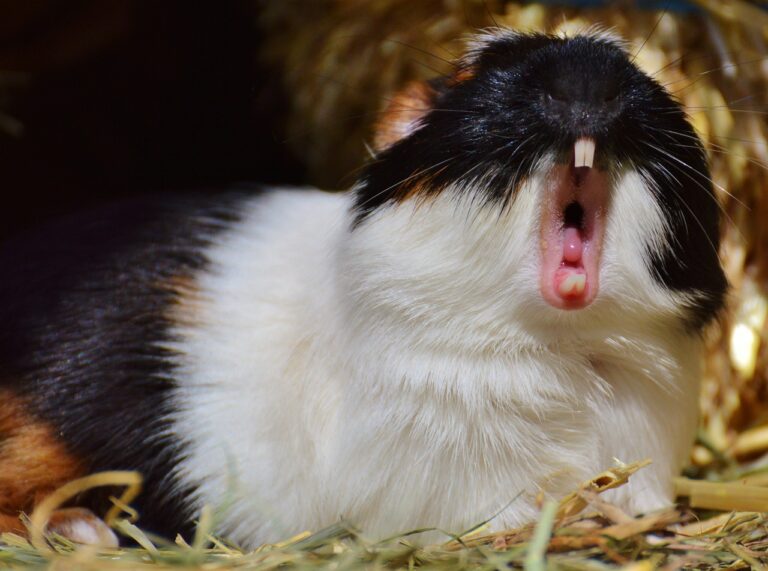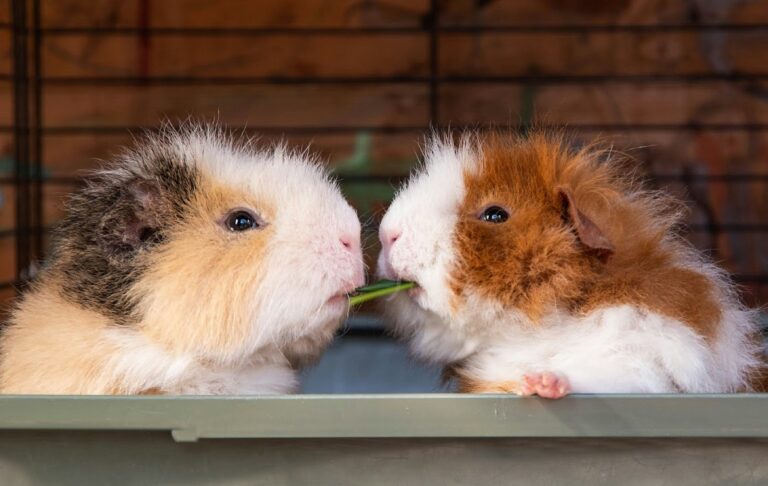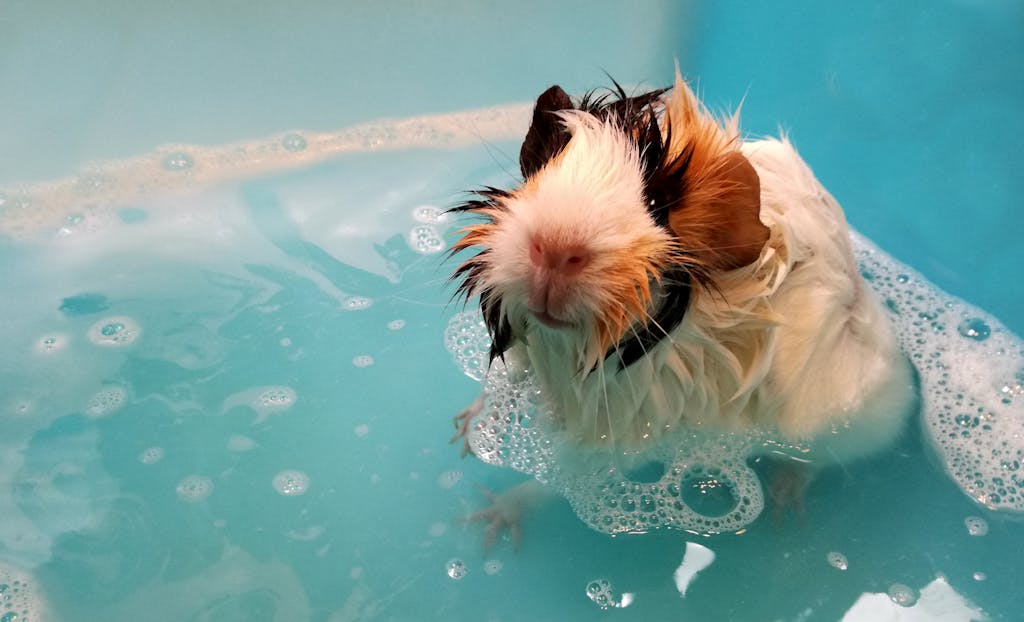How to Trim Your Guinea Pig’s Nails
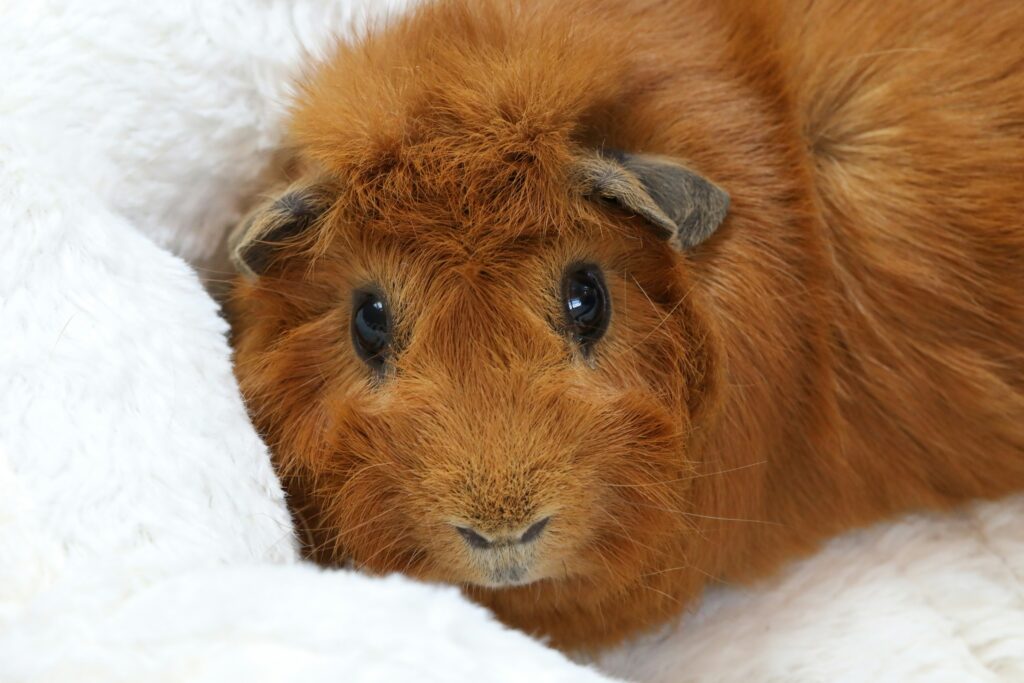
As a responsible guinea pig owner, one of the essential grooming tasks you’ll need to master is trimming your pet’s toenails!
Overgrown nails can cause discomfort, difficulty in walking, and even lead to health issues if left unchecked. However, the process of trimming guinea pig nails can be intimidating for many pet owners.
In this guide, we’ll walk you through everything you need to know about safely and effectively trimming your guinea pig’s toenails, from preparation and equipment to technique and tips for a stress-free experience.
Understanding the Importance of Nail Trimming
Guinea pig’s nails continuously grow, and in the wild, they would naturally wear them down through activity and burrowing. However, domestic guinea pigs typically have less opportunity for natural wear, making regular nail trimming essential.
Overgrown nails can curl into the footpad, causing pain, inflammation, and even infection. Trimming their nails regularly helps prevent these issues and keeps your guinea pig comfortable and healthy.
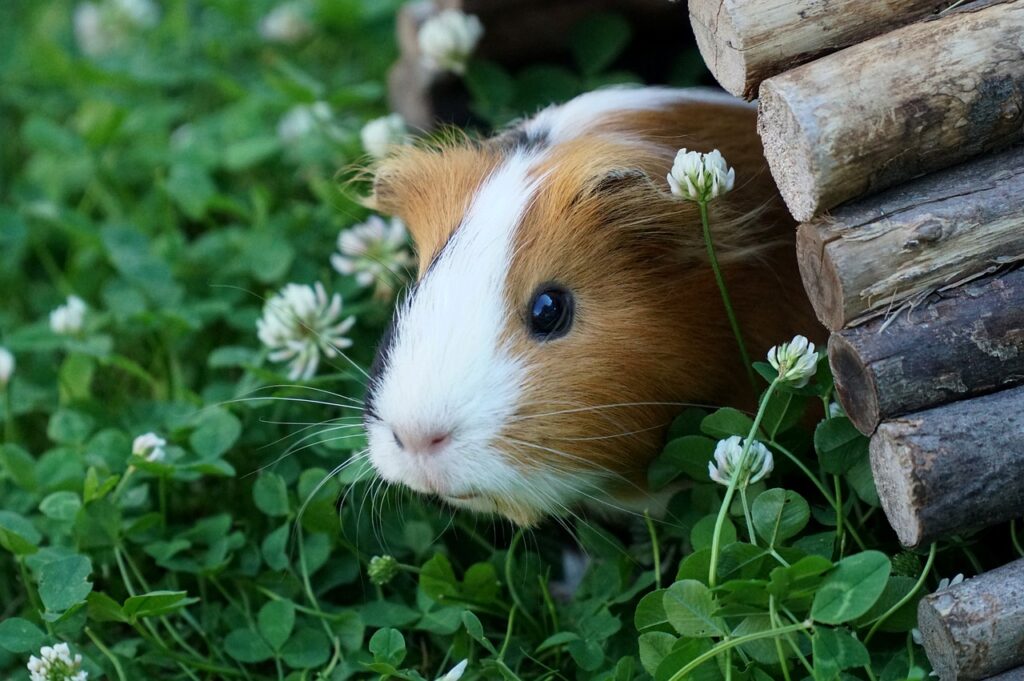
Preparing for the Nail Trimming Session
Choose a quiet, well-lit area for the nail trimming session, preferably a space where your guinea pig feels comfortable and secure.
Gather all necessary supplies, including guinea pig nail clippers or small animal nail trimmers, styptic powder or cornstarch (for potential bleeding), and a towel or blanket to secure your guinea pig.
Familiarize yourself with the anatomy of your guinea pig’s nails, identifying the quick—the pink area containing blood vessels and nerves— to avoid cutting it and causing bleeding and discomfort.
Techniques for Trimming Guinea Pig Toenails
Begin by gently wrapping your guinea pig in a towel or blanket, leaving only the foot you’re working on exposed. This helps to keep them calm and secure during the process.
Hold your guinea pig securely but gently, supporting their body and legs to prevent any sudden movements.
Use sharp, guinea pig-specific nail clippers or small animal nail trimmers to trim the tip of each nail, taking care to avoid cutting into the quick.
Trim small amounts of the nail at a time, checking the cut surface after each snip to ensure you’re not cutting too close to the quick.
If you accidentally cut the quick and cause bleeding, apply styptic powder or cornstarch to the nail tip to stop the bleeding. Monitor your guinea pig closely for signs of distress and discomfort afterwards.
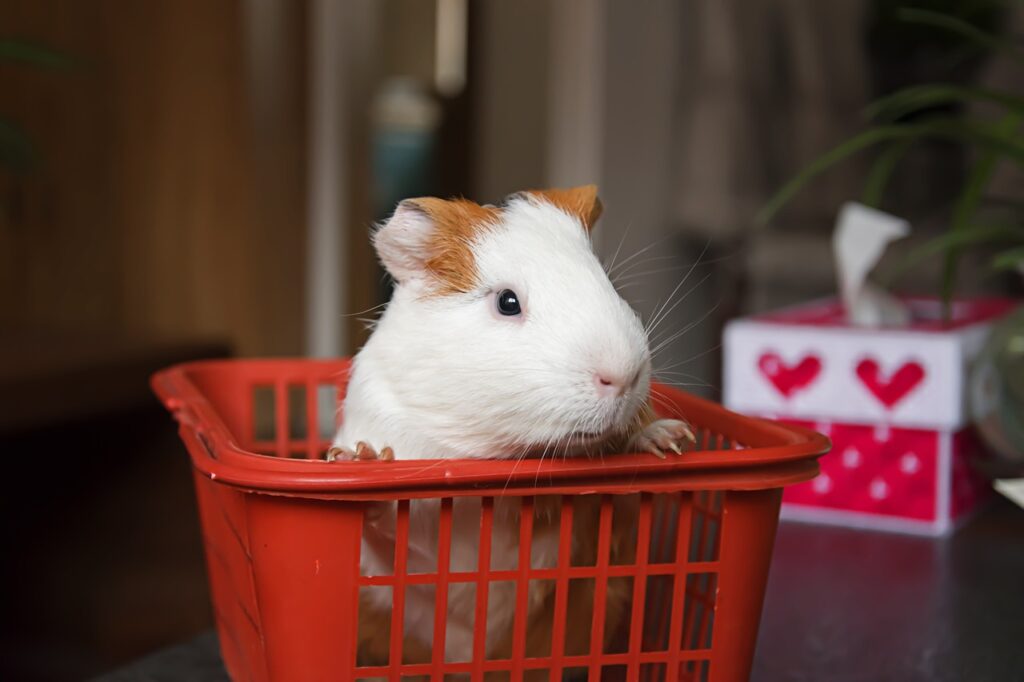
Tips for a Stress-Free Nail Trimming Experience
Establish a regular nail trimming schedule to prevent nails from becoming overgrown. Frequency may vary depending on your guinea pig’s individual nail growth rate, but aim for every 3-4 weeks as a general guideline.
Reward your guinea pig with treats and praise after each successful nail trimming session to reinforce positive associations with the experience!
If your guinea pig becomes stressed or agitated during the process, take breaks as needed and resume when they’re calm and relaxed.
Enlist the help of a trusted friend or family member to assist you during nail trimming sessions, especially if you’re new to the process or have a particularly squirmy guinea pig.
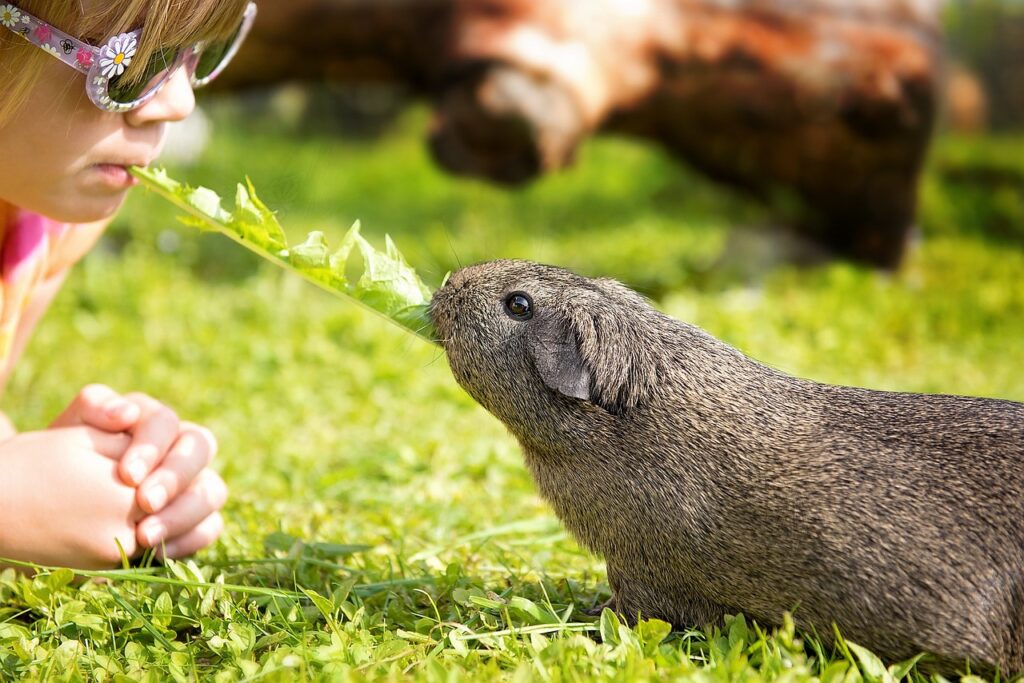
Conclusion
Trimming your guinea pig’s toenails is an essential aspect of their grooming routine that requires patience, care, and attention to detail.
By following the steps outlined in this guide and prioritizing your pet’s comfort and safety, you can confidently tackle nail trimming sessions and keep your guinea pig’s nails healthy and well-maintained.
Remember to always approach the process calmly and gently, and don’t hesitate to seek guidance from a veterinarian if you’re unsure or encounter any difficulties.
With practice and perseverance, you’ll become adept at trimming your guinea pig’s toenails, ensuring they stay happy, healthy, and comfortable for years to come!

